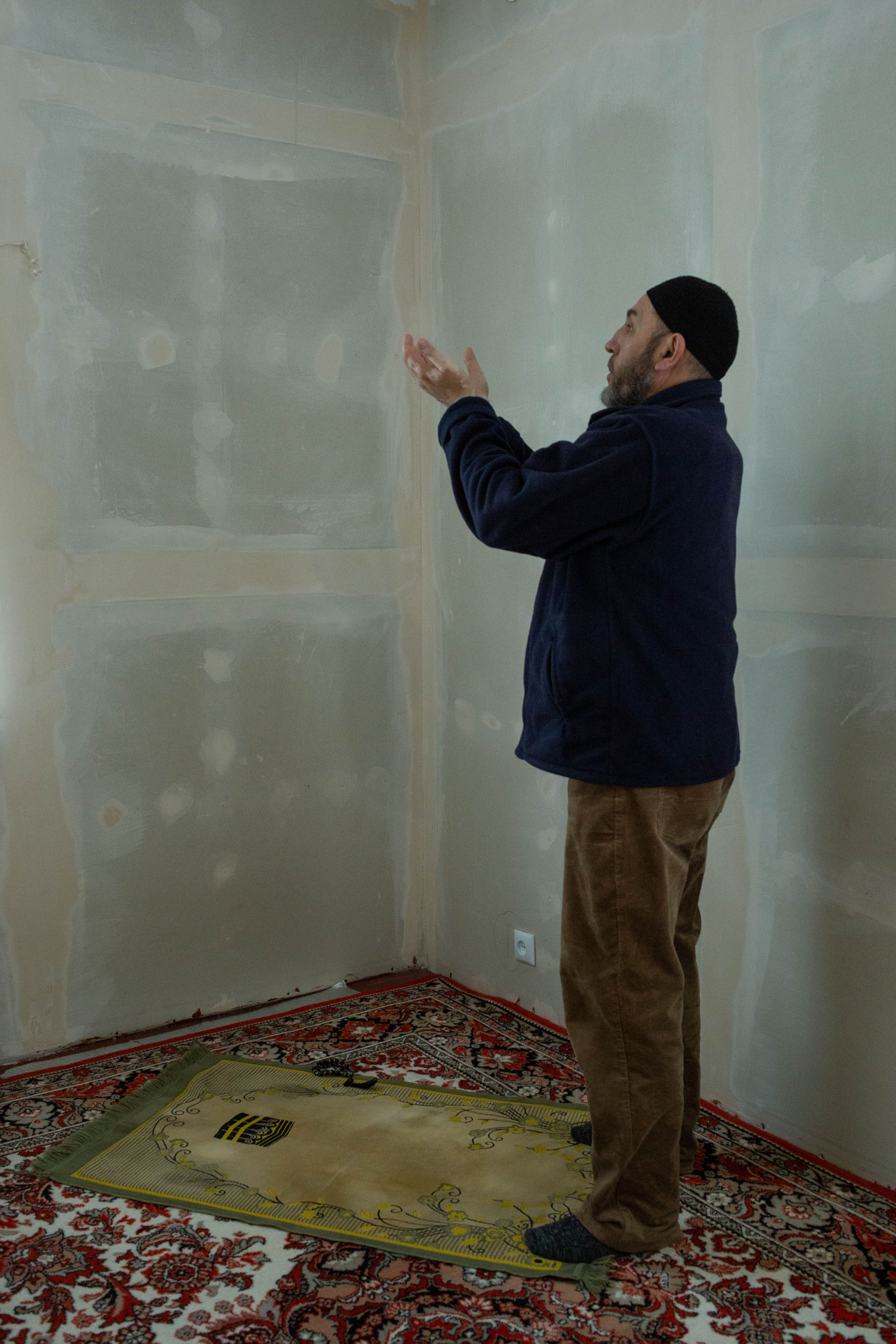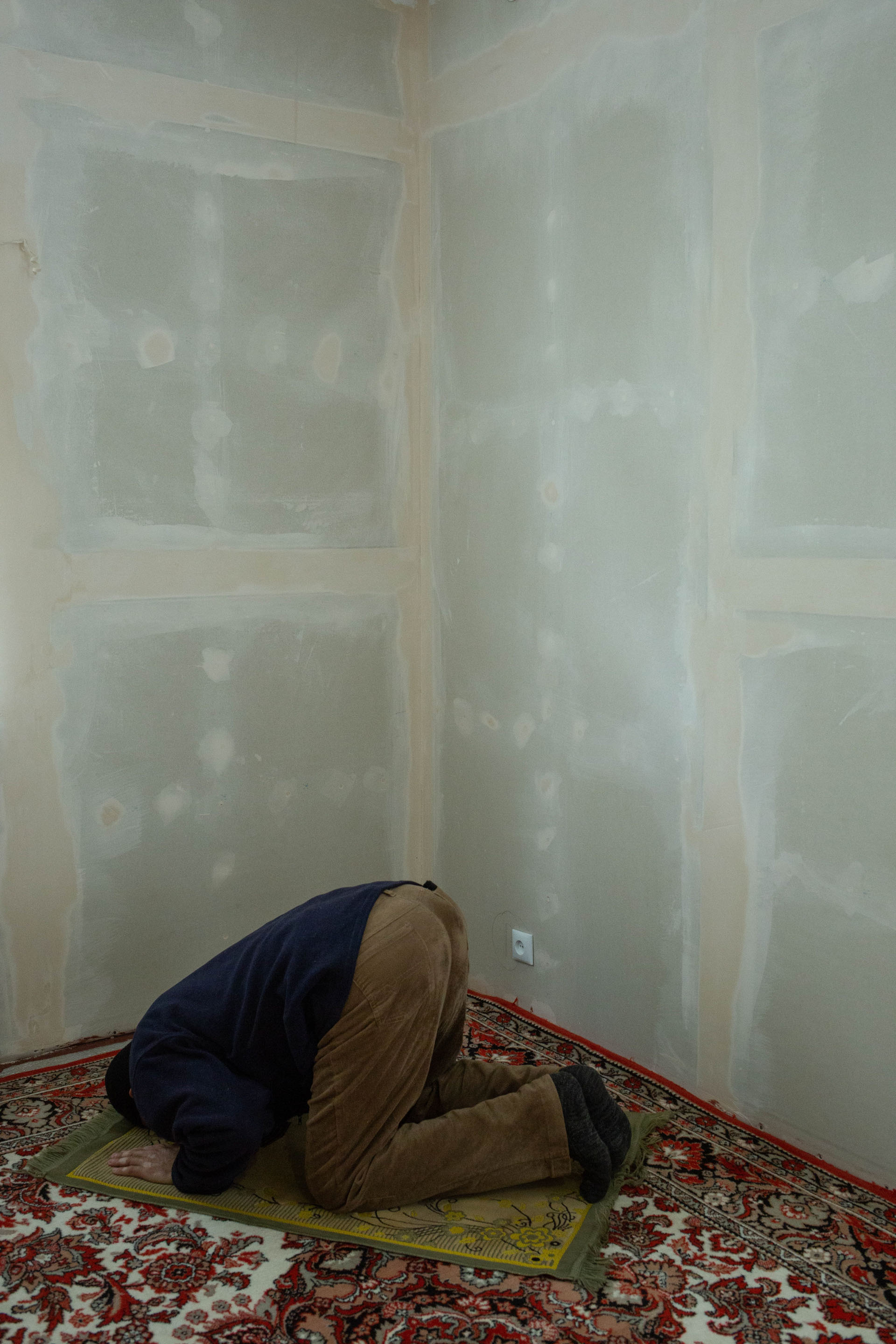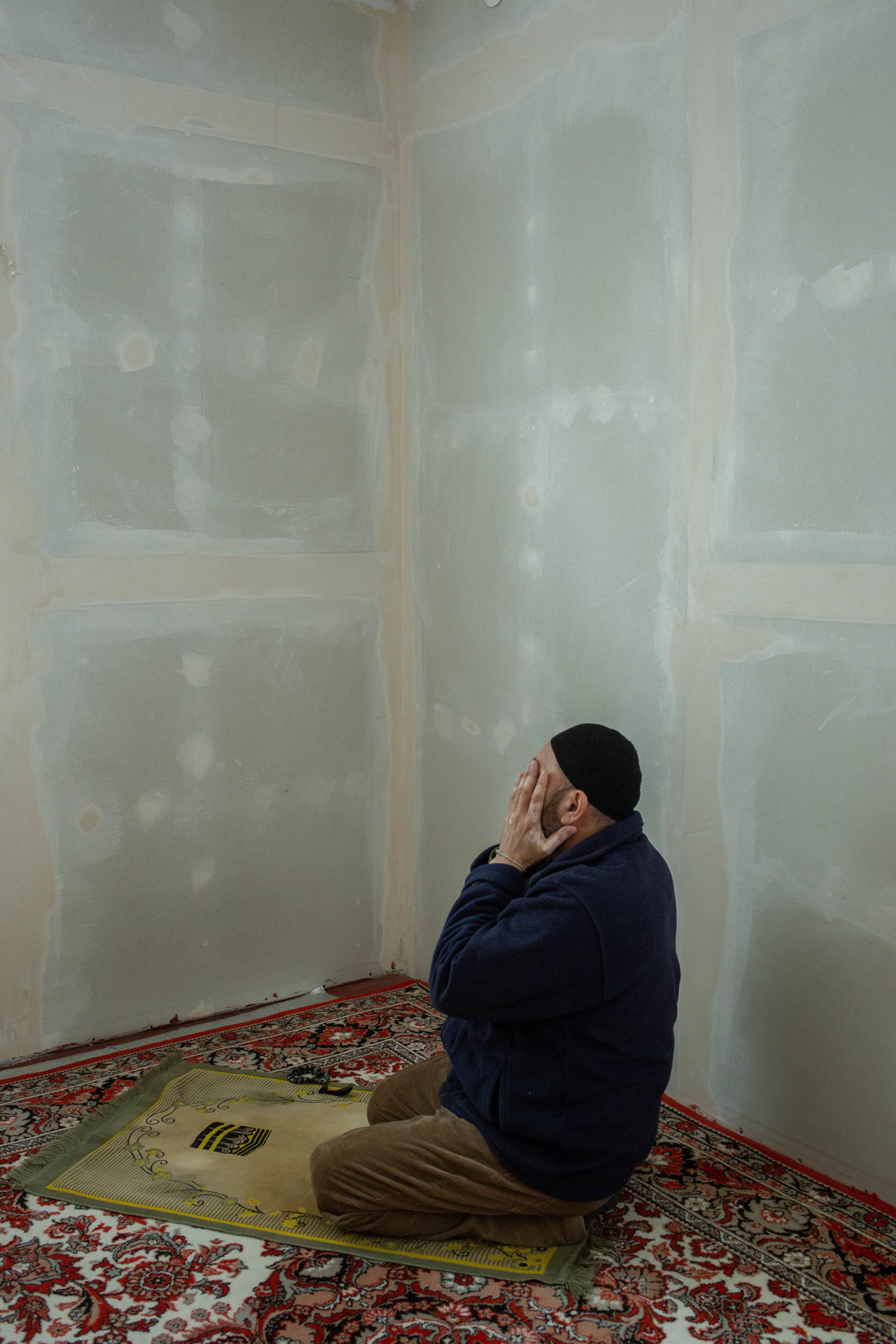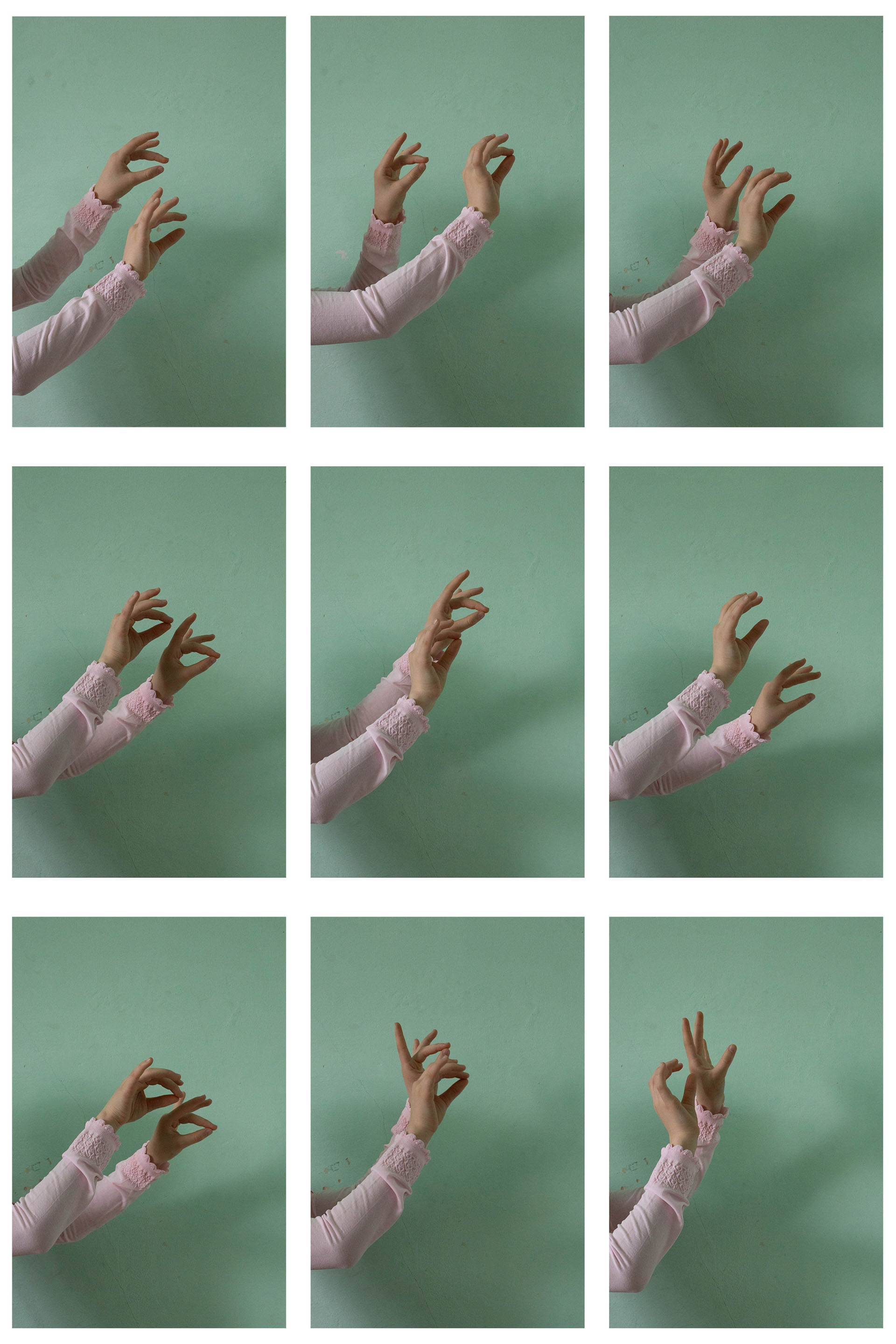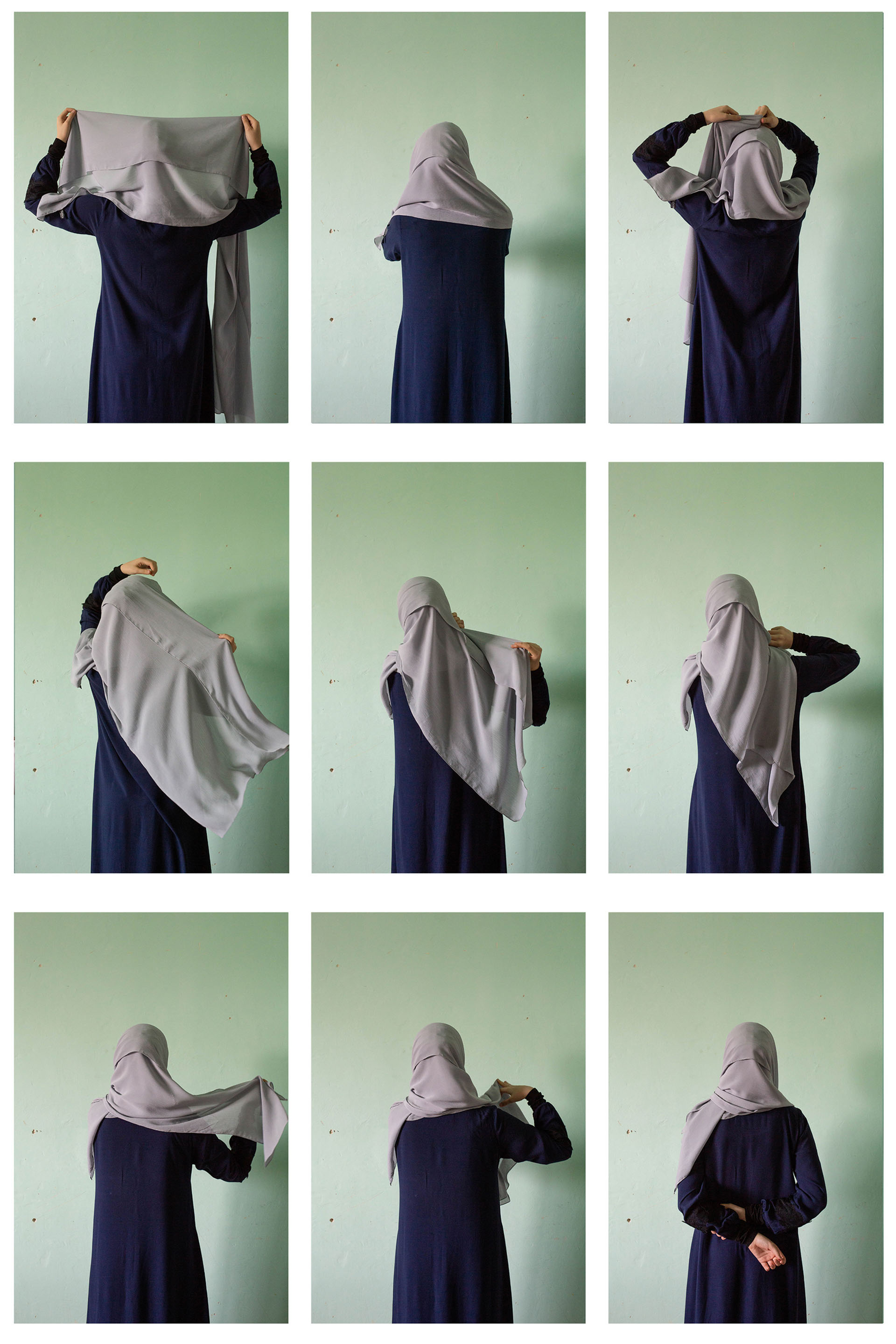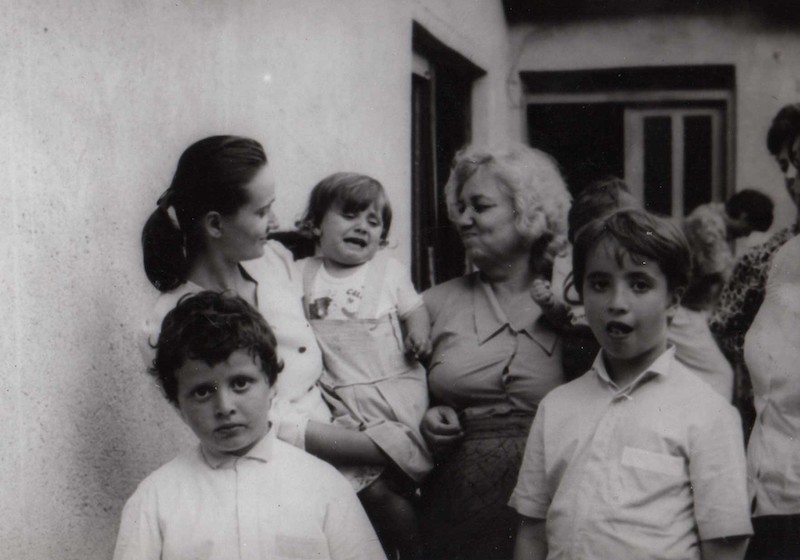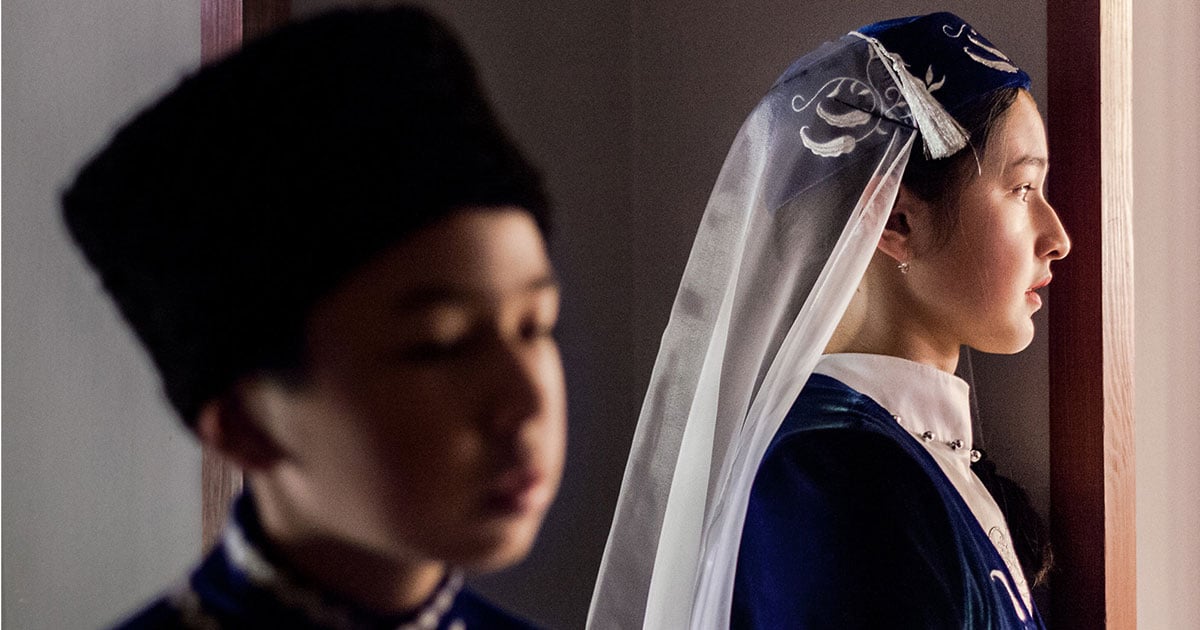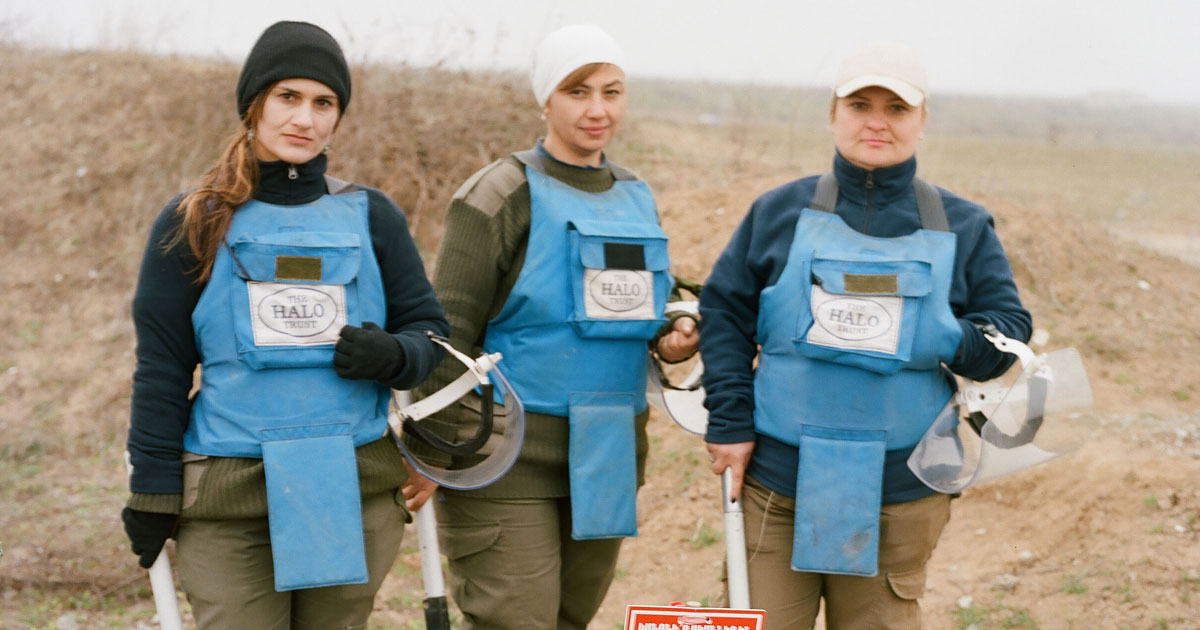Crimean Tatars in Ukraine: a photo project explores the unhealed wounds of displacement
Our biennial New East Photo Prize is back — this year, with 11 new finalists. Among the projects is Haytarma by Polish photographer Justyna Górniak, which honours the displaced Crimean Tatars who found refuge in Western Ukraine.
It took 45 years for the indigenous people of Crimea to return to their peninsular homeland after being almost annihilated by Joseph Stalin. In 1944, the Soviet authorities ordered the mass deportation of the entire population to Central Asia. Those who survived starvation and disease during the forced exile were blotted out from Soviet history. The trauma of persecution, forced dislocation, and assimilation, still reverberates across generations.
The 2014 annexation of Crimea by Russia deepened wounds that had not yet healed. The Crimean Tatars who opposed the annexation found themselves in a vulnerable position, facing a new wave of repression. In recent years, human rights organisations have documented repressive tactics used by de facto and Russian authorities against the Crimean Tatar community, including “unfounded” terrorist charges and attacks on independent media. A total of 20,000 Crimean Tatars have since left the peninsula and become Internally Displaced Persons.
With a degree in Human Rights studies from Sarajevo University, and a background in journalism, Justyna Górniak has been documenting a small community of Crimean Tatars who found refuge in Western Ukraine after the annexation. Górniak had previously reported on Chechen refugees living in her hometown of Lublin and wrote numerous stories about internally displaced people in Bosnia and Herzegovina for Polish media. She had just moved to Lviv when she learned about the population of Crimean Tatars in the region, and sought out a local NGO that was arranging temporary accommodation for displaced Crimeans. The first handful of photos she took were classic reportage photography, a style she has since diverted from, in part to hide the identities of her protagonists.
“Many people don’t want to be identified for fear of possible repressions, especially if they still have relatives living back in Crimea. I had to respect that.” The photographer found a way around this: in place of a group photo, for example, there is a photo of a table decorated for iftar (the meal breaking fast during Ramadan) that carries a sense of community. She took many more portraits at similar events, and though she is not able to publish them, she says she is happy that they have found a home in private family albums, which is especially poignant for an uprooted community rebuilding their lives.
The Crimean Tatars she got to know in Lviv and Drohobych were mostly middle-aged, born in Uzbekistan or Tajikistan where their parents or grandparents were deported in 1944. For many, this was their second time starting over. “One man told me that his family managed to establish a comfortable life in Tashkent, at least by Soviet standards. When it became possible to go back to Crimea, they sold what they had for little money and went back to their historical homeland, literally with nothing.” The story is true for thousands of Crimean Tatars who returned to their homeland when the Soviet Union collapsed.
The peopleless images in this series build an overriding sense of absence. One such staged image shows a part of a traditional costume draped over a chair; Górniak included it because it represents one of the few items individuals packed for exile. “Many Crimean Tatars took just a few belongings because they believed they would be returning soon. That dress must have been very important for somebody if it was taken with them,” explains the photographer. The photo itself is unassuming, an item that is waiting to be put away or worn, that doesn’t have a permanent place. And yet this captures something intrinsic to the experience of displaced communities.
“Even if the images are not documentary in the traditional sense, they represent actual issues that Crimean Tatars experience such as homesickness, uncertainty and the feeling of temporariness, as well as strong family and community bonds, the care they take in preserving traditions, and what it means to rebuild home,” she says.
The series was shot entirely indoors to probe the meaning of home. At the same time, the photographer avoided showing any home decor: “I didn’t show any furniture because I wanted to show a wider understanding of home — as security, as belonging [rather than as place].” The fact that we see nothing of the surroundings beyond the interiors also lends the photos a claustrophobic feeling.
She asserts that many of the Crimean Tatars care very much about “being neighbours, not ‘others’”. “Family and a community play a very important role in coping with displacement. Many of the Crimean Tatars in Drohobych and elsewhere play active roles in the larger local communities, but they don’t forget about their roots and their historical homeland.”
The project is named after a traditional Crimean Tatar dance known as “haytarma”. It is a hopeful title, as the word also means “return”. “Everyone I spoke to hopes that sooner or later a return will be possible — even if only for the next generations.”
But home, she explains, can also be found in traditions; customs which they practice, preserve, and return to time and time again. The rituals she focuses on are linked to religion. Others, like the dance “haytarma”, come from culture. “By including these photos I wanted to show that customs are moveable, they don’t belong to a physical location, they can be performed anywhere no matter the location, they are repeated and are passed from one generation to the next. They are also a form of resistance against the geopolitical circumstances that exiled them in the first place.”
